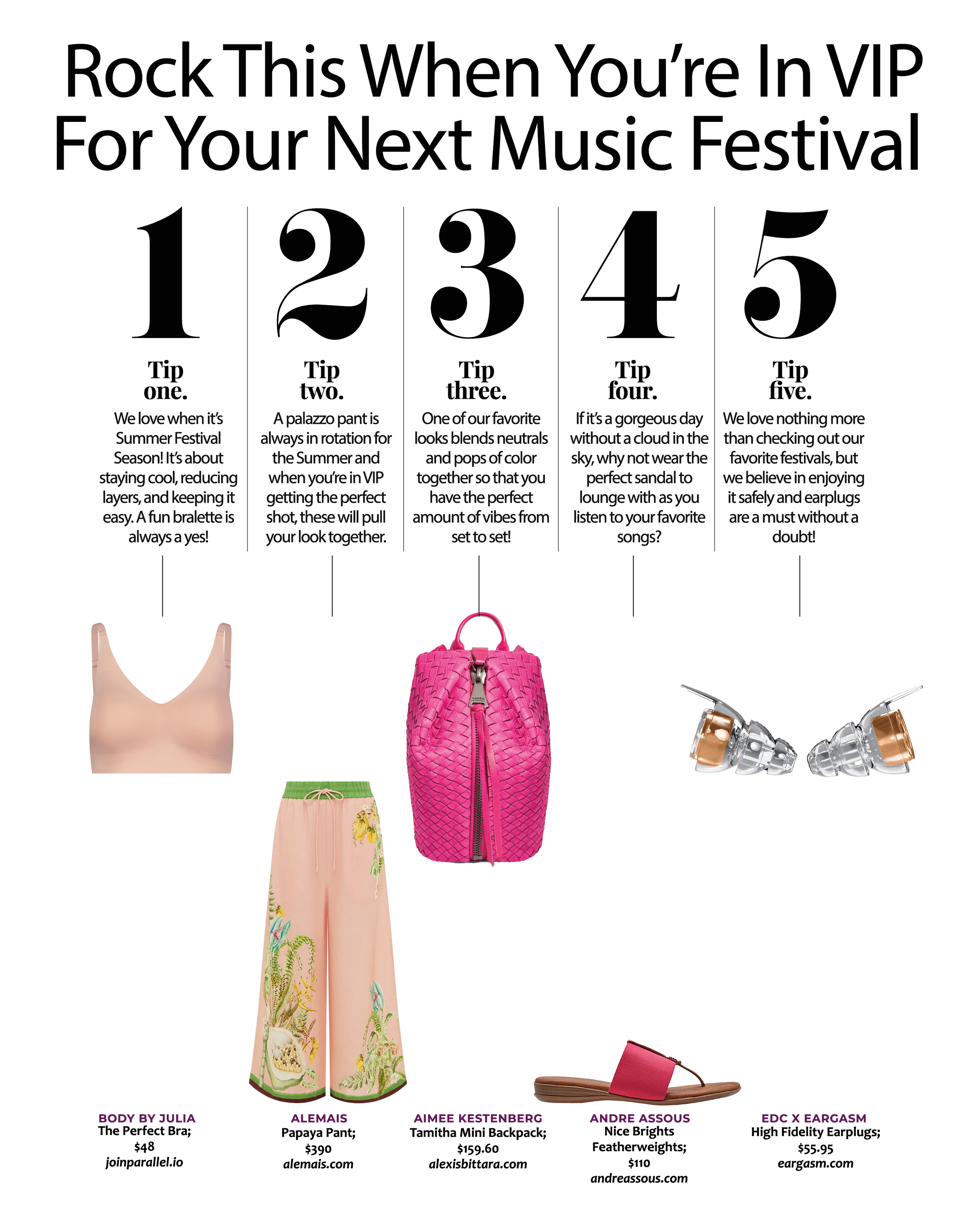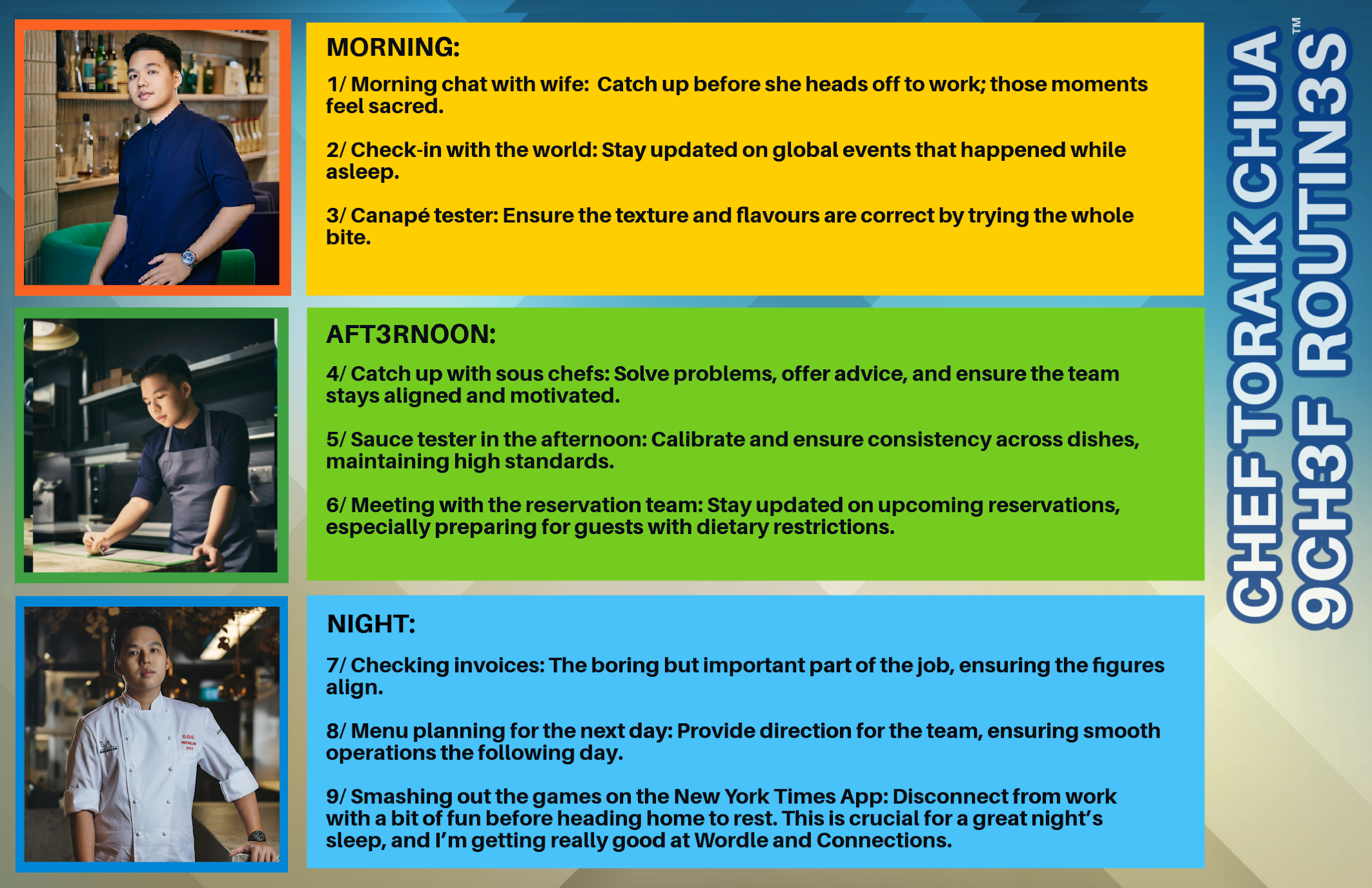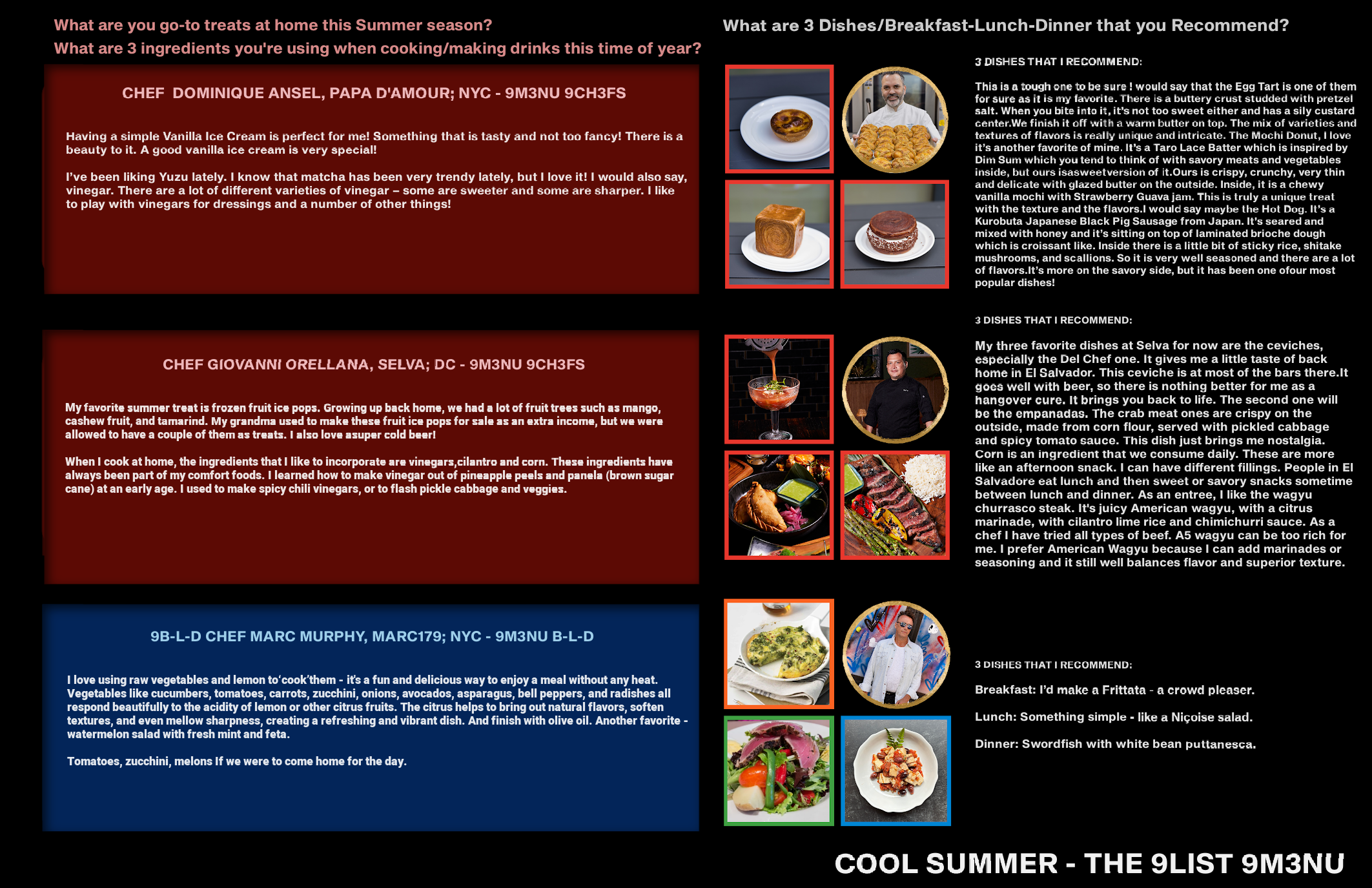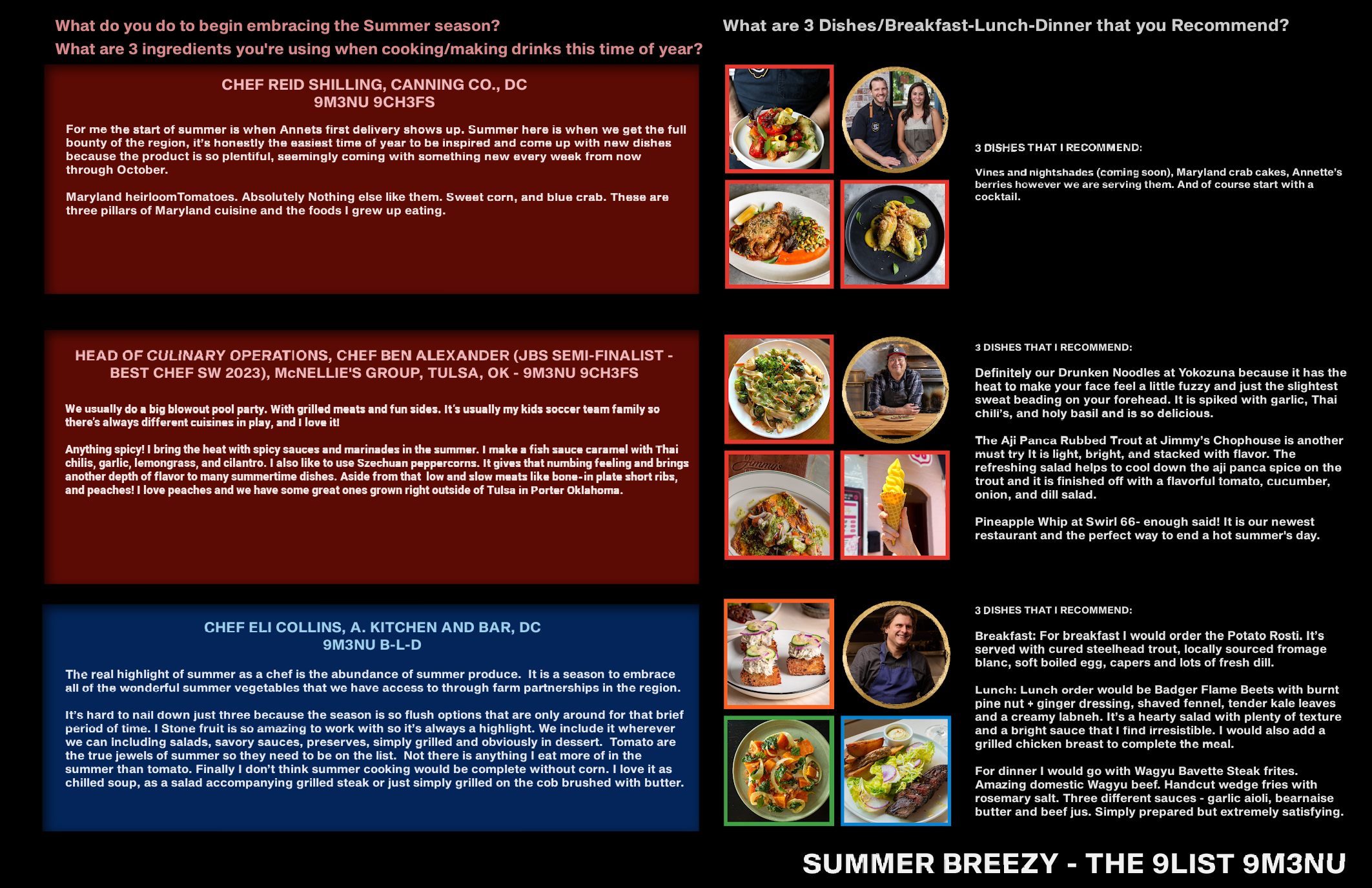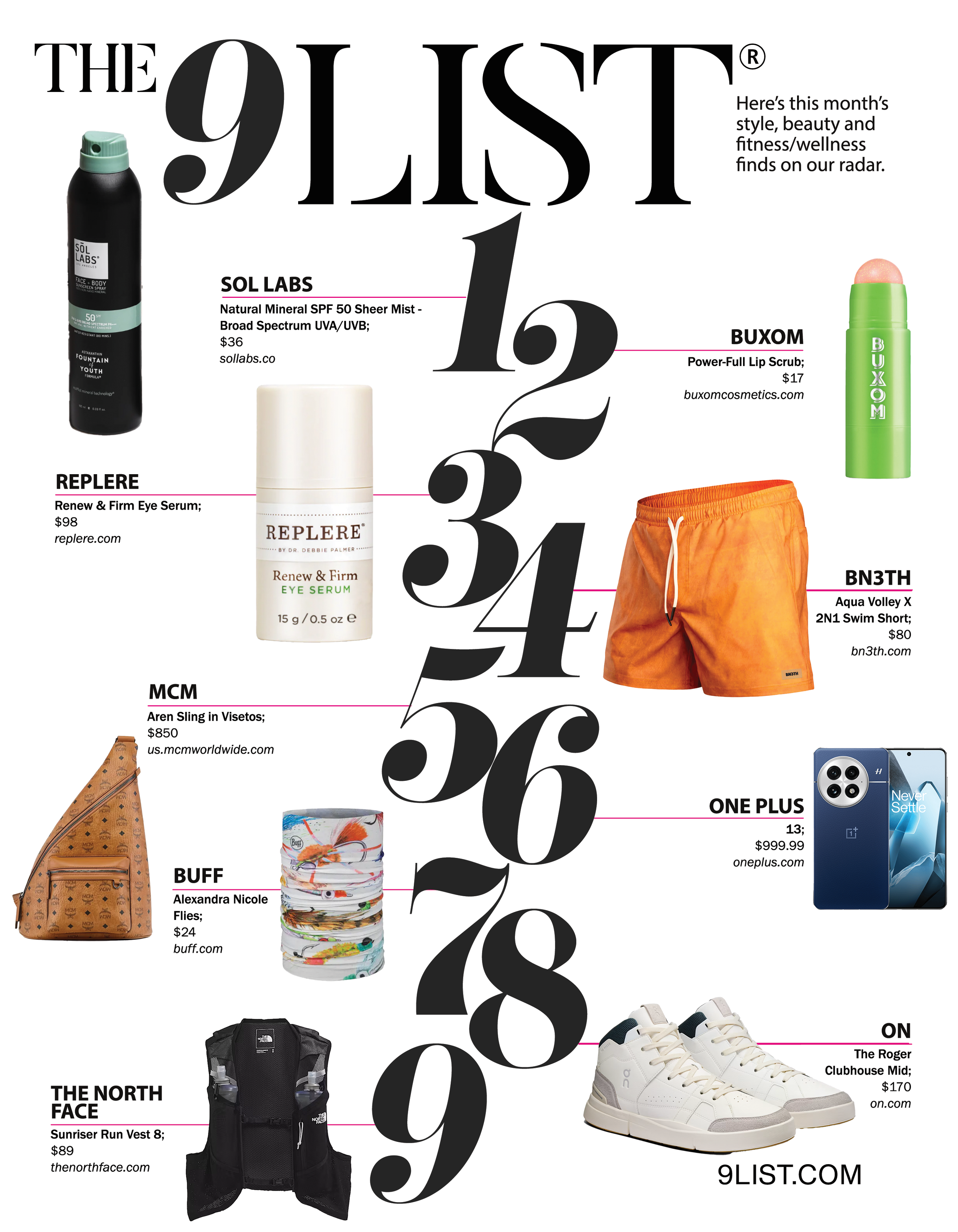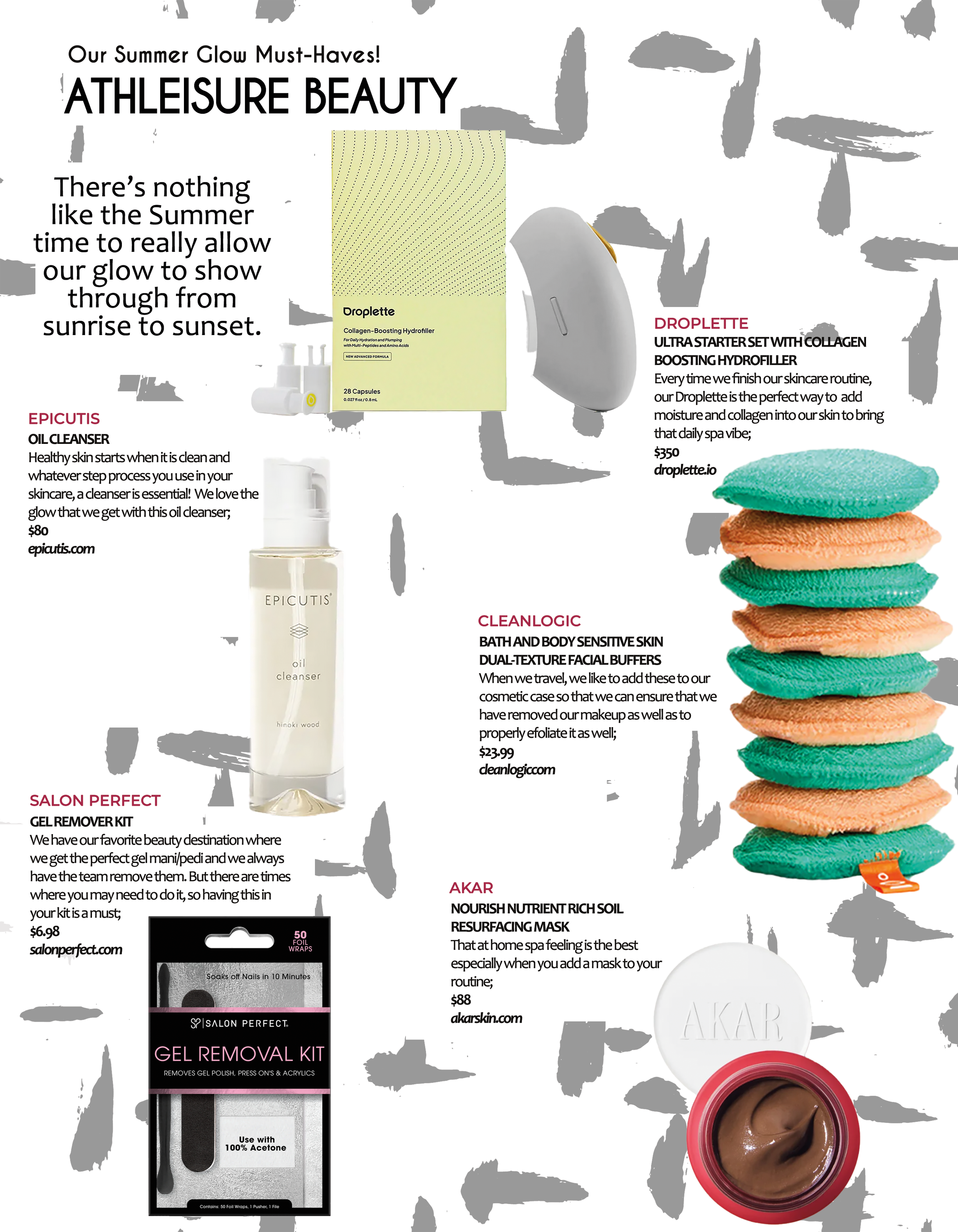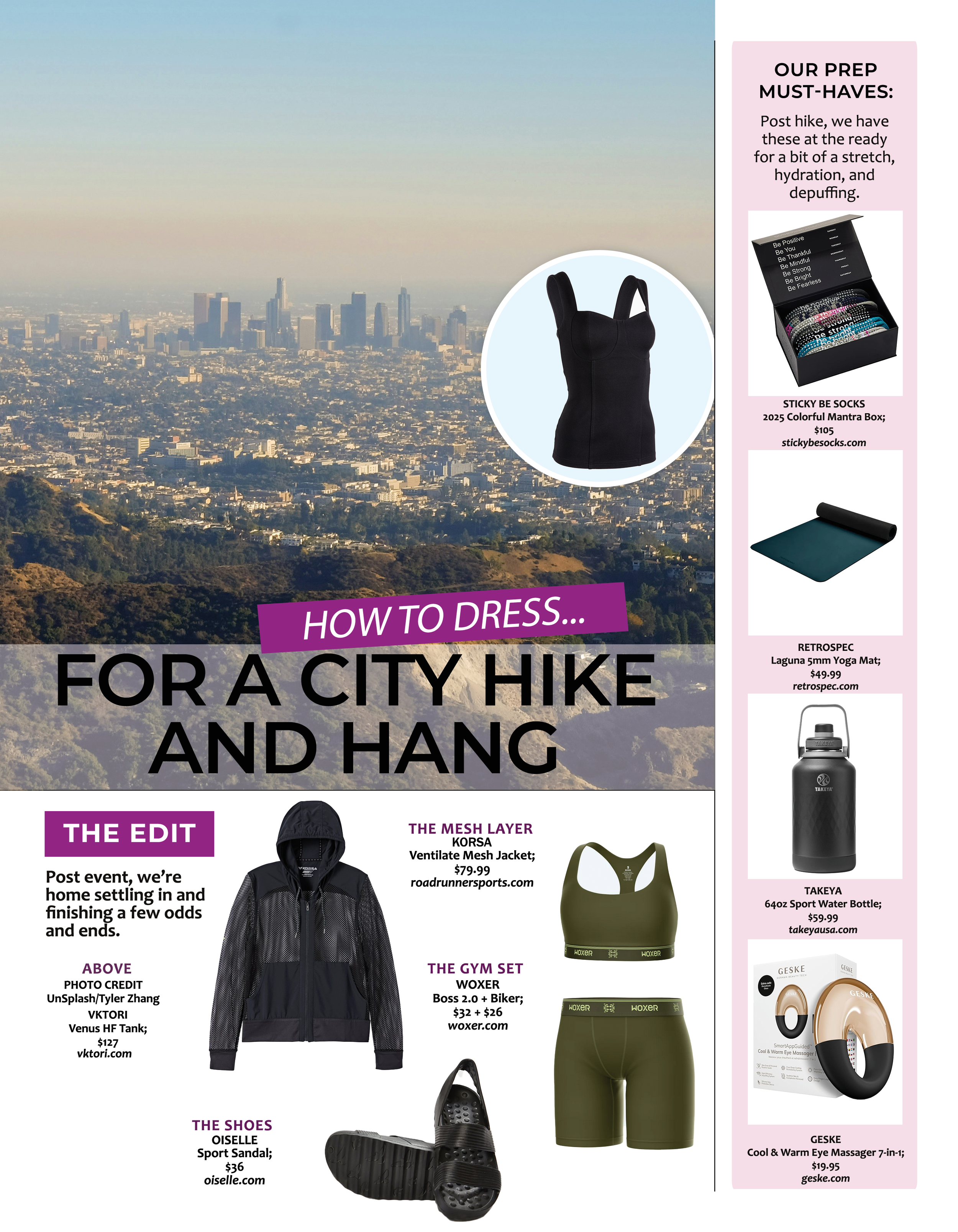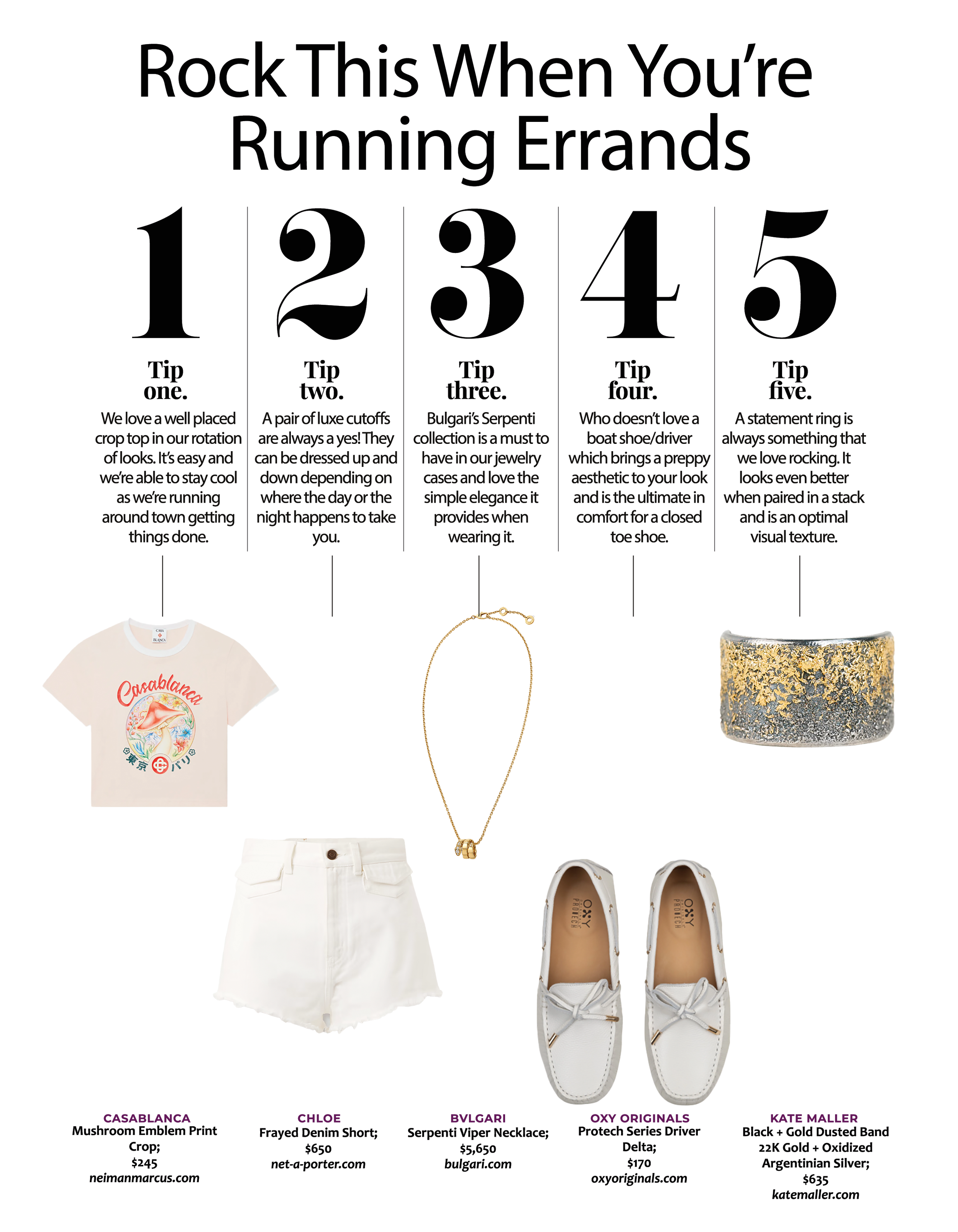Now the world is moving towards a beneficial approach and plant-based supplements, which make the natural medicine cabinet a growing niche and a mainstream movement. In the past, over-the-counter painkillers and artificial sleeping aids were the only remedies to solve the problem, but now people are moving towards natural remedies. The forefront of such remedies is plant concentrates such as cannabis carts and hemp oil.
People who start creating a natural medicine cabinet should remember that it is not only about stockpiling medicines but also about knowing what to find, what matters a lot and how to use such products. Whether you need to find carts to relieve anxiety, improve sleep and daily wellness, you must browse the cart selection to know which will suit your lifestyle.
Further, we will explore how you can build a wellness cabinet, focus on vape, plant strains and hemp oil, as well as what you must consider while browsing.
Understanding the Concept of a Natural Medicine Cabinet
The idea of a natural medicine cabinet refers to the stockpiling of products made from plants, herbs and other natural sources to address different kinds of health needs such as swelling, stress, insomnia and mood swings.
This modern version is not just about using vitamins and essential oils; it is about cannabinoid rich vape, tinctures, hemp oil, herbal tea and aromatherapy blends. Simply, you must create a customised, non-synthetic toolkit to fulfil the body's needs naturally and more effectively.
Why Vape Carts Deserve a Spot in Your Wellness Arsenal
Many tools are famous in natural medicine cabinets, but the most appealing is vape cartridges filled with hemp extracts such as THCA, CBD and delta 8. Carts are compact and provide fast relief from stress, sudden pain and insomnia.
Browsing of cart selection allows you to check the functions, flavour and formulation of vape carts. Some carts provide calming effects and relaxation, while some carts improve focus, reduce inflammation and support better sleep.
Vape carts are quick and convenient to use, which makes them a superb choice for people who want immediate support without waiting for a long time. Also, people looking for digestion-based absorption should consider oils and capsules.
Hemp Oil: A Foundational Wellness Staple
Vape carts provide instant relief while hemp oil offers continuous and versatile relief that supports your body and health. Hemp oil has omega-3 and omega-6 fatty acids in high amounts, as well as antioxidants and Phyto-cannabinoids. Hemp oil can:
● Decrease chronic swelling
● Support the health of the brain and heart
● Balance hormones and mood
● Improve the health of skin and joints
Full-spectrum oil has many useful cannabinoid and terpenes profiles, which work to improve entourage effects and overall benefits of hemp oil.
You may use the oil under the tongue, or you may also add it to coffee or a smoothie. Moreover, you may apply oil topically to provide relief on a localised point. Remember, hemp oil is an adaptable and functional tool to add to a natural medicine cabinet.
Carts vs. Hemp Oil: When to Use Each
Vape carts and hemp oil provide value and benefits in your daily health routine by fulfilling your needs. There are several essential accessories for a relaxed and modern lifestyle, other than these, but let's take a look at both of these.
You may use carts when:
• You want instant relief from anxiety, stress and pain
• You want to improve your sleep
• You need microdosing efficiently
• You have to manage mood swings and need clarity as well as focus
You may use hemp oil when:
• You have to build a regular health routine
• You don’t want to use non-inhalable products
• You have to deal with chronic swelling, digestive issues and hormonal imbalance
• You need to get a smooth and sustained cannabinoid effect
The combination of both these tools may provide a layered approach to health which supports instant relief and long-term benefits.
Building a Well-Rounded Natural Medicine Cabinet
Don’t put dozens of medicines and products in your natural medicine cabinet; you must consider quality over quantity. Ensure to research different quality natural products designed for different purposes. Some natural medicines are:
Relaxation Cart – To improve calming effects and sleep at night, as well as to relieve stress during the day, you must consider a THCA and CBD cart with a high terpene profile. Focus or Uplift Cart – To improve creativity and productivity, a daytime cart with terpenes such as limonene is good to go.
Pain Relief Cart – To ease your joint pain and physical stress, consider a delta 8 or hybrid cart.
Full-Spectrum Hemp Oil – This cart is a good option for a regular wellness routine, hormonal imbalance and swelling.
Topical Balm or Roll-On – To relieve your muscles and skin irritation, consider topical balm with infused hemp extracts.
THCA Flower or Capsules – People looking for non-vape products with full plant benefits should consider it.
All these products have different roles; vape carts are reactive, while hemp oil is preventive. However, the combination of both these products makes the natural toolkit powerful.
What to Look for When You Browse Cart Selection
With the growth and expansion of the market, browsing cart selection is the most challenging task if you are unaware of what to look for. Some tips to browse your cart selection are:
Cannabinoid Profile
Identify the main cannabinoid in the cart. People who want non-intoxicating benefits should consider CBD and THCA carts. However, people who want mild psychoactive benefits should consider delta 8 and delta 9 carts. Remember, each cannabinoid has different interactions with the body, so you must know what your preferences are.
Terpene Content
Terpenes play a main role in providing the therapeutic benefits of a cart. People who want relaxing effects should consider terpenes such as myrcene, caryophyllene and linalool. However, to enhance mood and clarity, you must consider pinene and limonene.
Ingredient Transparency
Reliable brands always focus on third-party lab testing, accurate ingredients and batch testing. Never choose the carts with artificial additives, flavoured thinning agents such as vitamin E acetate and propylene glycol, as both these agents are harmful during vaporisation.
Hardware Quality
A supreme quality cart is made of ceramic coils, a BPA-free mouthpiece and a leak-resistant design. The hardware of the cart is not only impactful on performance but also affects the purity.
Intended Effect
When browsing cart selection, ensure to check the therapeutic benefits. Most of the brands offer carts with labels such as calm, focus, relief and sleep, which help buyers to know which one is according to their needs.
Understand Safety Concerns, Side Effects and Interactions
As the usage of natural health products continues to grow in our society, plant-based solutions like hemp oil, THCA concentrates, and vape carts come with some potential side effects as well. You have to focus on the interactions with your body if you are using these products and have some major health conditions. However, experts claim that these products are safe for adults, but there are some safety concerns that you need to keep in mind.
Possible Side Effects
Mostly, users might experience dizziness, dry mouth, or fatigue after using vape carts and hemp oil. The reason for these side effects is that high concentrations of THC in these products can cause fatigue and a higher heart rate in sensitive people.
Interactions with Other Medicines
CBD or cannabinoids can easily interact with medicines, for example, anti-depressants, blood thinners or pain relievers. That is why you must consult with the doctor before adding any of these products to your daily routine.
Breastfeeding in Pregnancy
Most experts suggest quitting the use of hemp or cannabinoids during pregnancy or breastfeeding, as plant-based medicines can react negatively in your postpartum phase.
The Shift Toward Natural Wellness – Why Does it Matter?
The fame of hemp products is not considered a trend, but rather reflects the changing values of customers. Many consumers prefer to choose natural products instead of synthetic drugs, as well as preventive tips, compared to reactive supplements and education over impulse.
With the expansion of the wellness era, people look for control over health. This control refers to the products that you consume, how these products are made and for what purpose such products are designed. Your medicine cabinet reflects all this information and serves as the tool to heal, energise and balance.
Conclusion:
Don't think you have created the natural medicine cabinet, and it's over. It's a continuous process that reflects lifestyle, preferences and health goals. With the continuous browsing of cart selection, experiencing new strains and adding hemp oil to your daily routine, you can come to know what is good for you.
Don't consider natural wellness as a quick fix; it takes time, care, mindful decisions and better health practices that align with your body. Whether you use a calming cart at night or just add hemp oil in the smoothie, it's the first step towards a balanced life.








